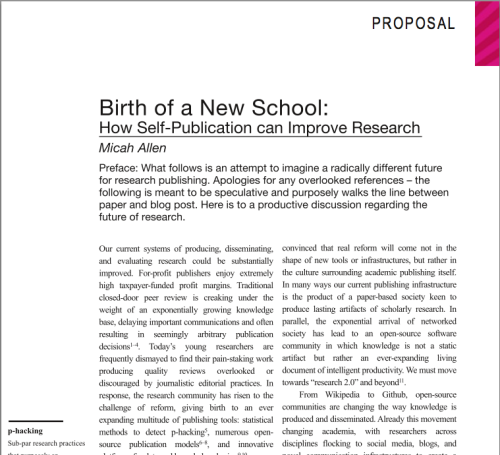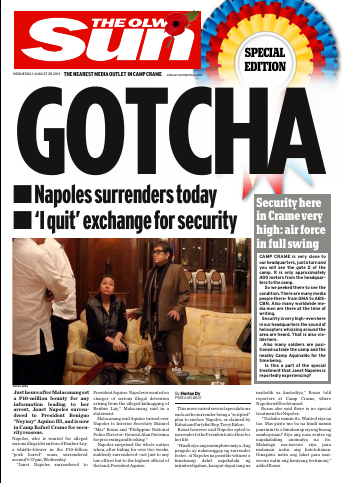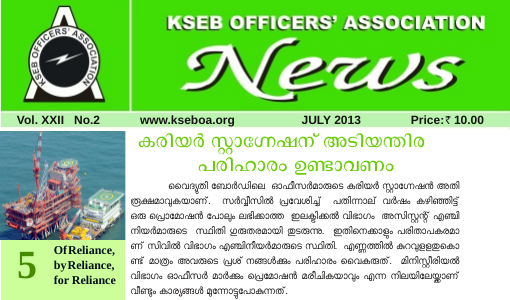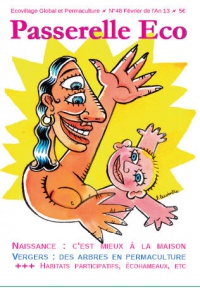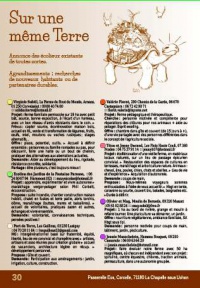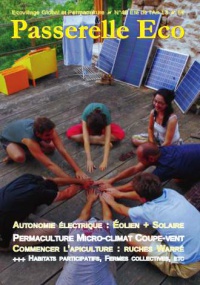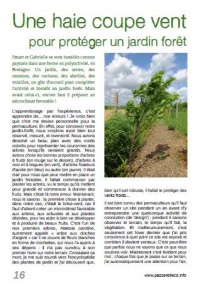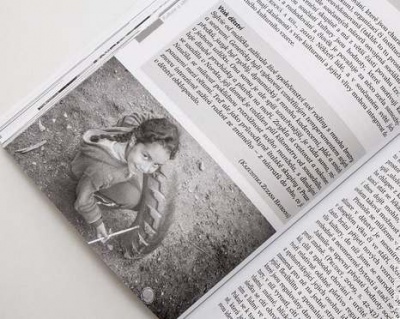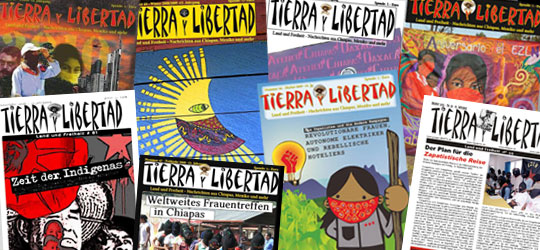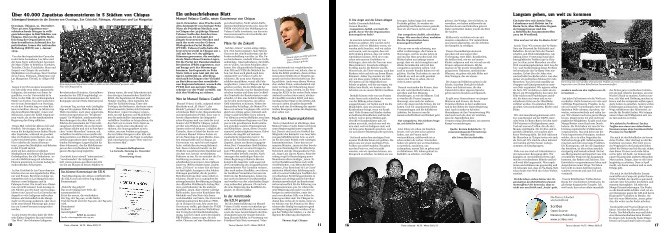Success stories 2013: Difference between revisions
(→2013: added German Alpine Club) |
|||
| (5 intermediate revisions by one other user not shown) | |||
| Line 12: | Line 12: | ||
[[File:Neuroconscience-Manuscript-scribus-template.png]] | [[File:Neuroconscience-Manuscript-scribus-template.png]] | ||
<br /><br /> | |||
[[File:Neuroconscience-template-screenshot-201312.png]] | |||
This is actually a very important and exciting success story. First the | {| | ||
|- | |||
| | |||
This is actually a very important and exciting success story. First the publishers, [http://neuroconscience.com/2013/12/12/birth-of-a-new-school-pdf-version-and-scribus-template a neuroscientist named Micah Allen] and colleague Kate Mills, share a very cool template in Scribus. This template could be used for Self-Publishing Commentaries, Reviews, and Opinion articles etc... | |||
What's most interesting is that Open Source Desktop Publishing can break this dependency. We see that as Micah Allen shared this template with the world. This is yet another powerful argument for OSS and for contributing to make it better. Thanks Micah and co. for sharing this. | :''Special thanks to collaborator Kate Mills, who used Scribus to create the initial layout. You might notice we deliberately styled the manuscript around the format of one of those Big Sexy Journals (see if you can guess which one).'' | ||
:''I’ve heard this elaborate process should cost somewhere in the tens of thousands of dollars per article, so I guess I owe Kate a few lunches! Seriously though, the entire copy-editing and formatting process only took about 3 or 4 hours total (most of which was just getting used to the Scribus interface), less than the time you would spend formatting and reformatting your article for a traditional publisher. With a little practice Scribus or similar tools can be used to quickly turn out a variety of high quality article types.'' | |||
|| | |||
Secondly, Micah in his post sheds light on some important subject by linking to some very [http://blogs.lse.ac.uk/impactofsocialsciences/2013/11/12/fidus-writer-fixing-editing-process/ interesting] [http://blogs.lse.ac.uk/impactofsocialsciences/2012/12/19/taylor-cost-publish-gold-open-access/ articles] relating to the complexity of paywall journals. How typesetting a template like this one can costs someone thousands of dollars. How there is a whole industry that makes a lot of money barring access to information, and some of that information as I understand is actually free to begin with. | |||
What's most interesting is that Open Source Desktop Publishing can break this dependency. We see that as Micah Allen and co. shared this template with the world it creates opportunities for others to design reputable industry standard documents and submit them to open journals without being barred access because of funds. Which most likely is stifling innovation. This is yet another powerful argument for OSS and for contributing to make it better. Thanks Micah and co. for sharing this. | |||
|} | |||
==Growing newspaper produced in Scribus== | ==Growing newspaper produced in Scribus== | ||
| Line 97: | Line 109: | ||
[[File:Tierra_Innenansicht.jpg]] | [[File:Tierra_Innenansicht.jpg]] | ||
==German Alpine Club (DAV), Local Section Ettlingen — periodical magazine == | |||
'''Reporter:''' Andreas Hünnebeck | |||
'''Date:''' Oktober, 2014 | |||
The magazine is sent to all members of the local section twice per year. | |||
You can download the current magazine and older ones | |||
[http://www.dav-ettlingen.de/index.php?id=22 here]. | |||
I started to create this magazine in 1992, using different office programs on Windows and Linux. | |||
Plagued by the increasing number of bugs in OpenOffice 3 I switched to Scribus in April 2010 | |||
(using 1.3.3.12 on Kubuntu 9.04). I wrote several python scripts to create the tables used in the | |||
magazine. Scribus creates a ready to print PDF for the print shop and a WEB version PDF | |||
for the homepage. | |||
In April 2013 I used Scribus 1.4.3 (on Kubunto 13.04) for Issue number 25 and in November 2013 | |||
for Issue number 26. | |||
Latest revision as of 19:18, 18 October 2014
- Success Stories 2023
- Success Stories 2020
- Success Stories 2017
- Success Stories 2016
- Success Stories 2015
- Success Stories 2014
- Success Stories 2013
- Success Stories 2012
- Success Stories 2011
- Success Stories 2010
- Success Stories 2009
- Success Stories 2008
- Success Stories 2007
- Success Stories 2006
- Success Stories 2005-2004-2003
Introduction
Anyone is invited to describe her/his experience with successfully using Scribus in her/his projects. Please note: to report any unusual reasons you use Scribus join the ongoing discussion Stupid reasons we use Scribus. There is also a special page for placing links to your work: Made with Scribus. If you want to recommend a Scribus and/or PDF friendly print shop, please use Scribus Friendly Print Shops.
2013
NEUROCONSCIENCE publishes template normally could cost thousands to outsource
Reporter: Kunda
Date: December, 2013
|
This is actually a very important and exciting success story. First the publishers, a neuroscientist named Micah Allen and colleague Kate Mills, share a very cool template in Scribus. This template could be used for Self-Publishing Commentaries, Reviews, and Opinion articles etc...
|
Secondly, Micah in his post sheds light on some important subject by linking to some very interesting articles relating to the complexity of paywall journals. How typesetting a template like this one can costs someone thousands of dollars. How there is a whole industry that makes a lot of money barring access to information, and some of that information as I understand is actually free to begin with. What's most interesting is that Open Source Desktop Publishing can break this dependency. We see that as Micah Allen and co. shared this template with the world it creates opportunities for others to design reputable industry standard documents and submit them to open journals without being barred access because of funds. Which most likely is stifling innovation. This is yet another powerful argument for OSS and for contributing to make it better. Thanks Micah and co. for sharing this. |
Growing newspaper produced in Scribus
Date: August 2013
I am editing this freesheet newspaper called "The OLW Sun."
An edition could be seen here: http://goo.gl/orLh6p
We use Scribus and now we are moving to daily publication. We now see Scribus as the best DTP program out there.
Thank you to all for giving this program to all of us.
First Malayalam publication prepared with Scribus
Reporter: Anilkumar KV (via Scribus mailing list)
Date: July 2013
The Scribus 1.5 version with indic support is slowily moving for production stage. The PDF of a Malayalam publication prepared with Scribus-indic is available at http://www.atps.in/Final_News_July.pdf Earlier, the Telugu daily was tested successfully with Scribus-indic. However, full roll-out is yet to take place. Thanks to scribus community for providing this wonderful software.
Passerelle Eco quaterly magazine
Reporter: JLuc
Date: February 2013, June 2013
New modernised layout for this 13 year old french magazine dedicated to permaculture, ecovillages and ecological living. http://www.passerelleco.info
Texts come from a vast variety of origins and format (OpenOffice, Word, mails, googledocs, html, txt, ...) and are layed out directly in Scribus.
Most of the layout for the 28 annoucements and news pages is automatically done via a PHP program that reads a mysql database and produces the scribus SLA document out of it. Layout of images and detailed typography is then fine tuned by hand using the WYSIWYG scribus editing.
Mít život ve svých rukou – booklet in Czech language
Reporter: JLuc
Date: July 2013
A "Grasp Life" booklet. See a good showcase for Scribus.
A dozen issues of "Tierra y Libertad" done with Scribus
Date: January 2013
Five years ago we took the edition of the Tierra y Libertad magazine and since then we do it with Scribus. Tierra y Libertad - despite of its spanish name - is an german-language magazine covering mainly the indigenous Zapatista movement in Chiapas/Mexico, social movement and human rights issues in Mexico and Central America.
Now, Januar 2013, Number 72 of this magazine is in the printing process. Until now we did 12 of these issues, each with 16 to 32 pages in A4 size, published with a run of 1400 to 2500 copies. You can have a look at it at our webside [1], provided by another friendly supporter.
Redaction and layout is done by a small group of volunteers, printing costs are covered by donations. We don't sell ads, just exchange ads with other publications we like to support. The group doing the work is changing from issue to issue, even if there is a hard core of people who doing it continuously. The process of publishing one issue takes about six to ten weeks. We start with a kind of brainstorming and discussion wich topics should be covered and divide responsibilities for these. In about four weeks we look out for good articles, ask other people to write or translate. When things go well we prepare the texts, do the editing, look and ask for images and permissions before we meet. Then there is one weekend when we come together - in one town or another - to do most of the work - everything that is missing and the main layout. We are working simultaneously on different machines, using the same Scribus templates. After several test prints and changes we collect it all at one computer. Back in our homes, different people take the pdf for correction and one person is putting all the changes into the scribus file.
Apart from Scribus we use Open Office and MS Word for text processing, GIMP for graphics.
So - why we use Scribus?
The concept of Open Source Software is quite close to our political and social ideas. We are people who came together because we are still convinced that it is possible to change things in this world to make this planet a better place to live. Therefore we believe that it's a bad idea to make a business from everything. We think we need more commons - and we love when people come together to do the things they like to do, or things they see that need to be done - for their own will and their own convicition. That is where we come together with Open Source Software. And that is (among others) where we come together with the Zapatistas in Chiapas - as one part of their struggle is for community-based ownership of land. A thing they lived for centuries and that was outlawed by the mexican government for the sake of a free trade agreement with the US and Canada.
On the other hand the use of a free (in this case: no-cost) cross-platform software is the only way to get this magazine done the way we do. As we meet in different cities, we have no special hardware dedicated to the project. We have to deal with the equipment that is at place and that we can carry with us. Nearly every time we install Scribus at another machine(s) (with different OSes). So you can imagine that it would be unaffordable to buy licenses for a commercial DTP-software.
So we feel quite thankful to all these people maintaining and contributing to this great projekt and mention the use of Scribus in each issue via a little ad. We did twelve issues with Scribus - and we will continue with it. (And we love the improvements of usability done with 1.4...)
German Alpine Club (DAV), Local Section Ettlingen — periodical magazine
Reporter: Andreas Hünnebeck
Date: Oktober, 2014
The magazine is sent to all members of the local section twice per year. You can download the current magazine and older ones here.
I started to create this magazine in 1992, using different office programs on Windows and Linux. Plagued by the increasing number of bugs in OpenOffice 3 I switched to Scribus in April 2010 (using 1.3.3.12 on Kubuntu 9.04). I wrote several python scripts to create the tables used in the magazine. Scribus creates a ready to print PDF for the print shop and a WEB version PDF for the homepage.
In April 2013 I used Scribus 1.4.3 (on Kubunto 13.04) for Issue number 25 and in November 2013 for Issue number 26.
